
Hello friends. I want to share with you our visit to a place that leaves no one indifferent. We went to the excavations of Pompeii. As you know Pompeii is the remains of an ancient Roman city destroyed by a volcanic eruption in ad 79. This archaeological site was included in the UNESCO world heritage list in 1997. I visited Pompeii with my friends and what we saw there deeply impressed all of us.

When we arrived in Pompeii experts at the station greeted us and directed us there. Pompeii is not just an archaeological excavation site. It's also a modern city. Pompeii, a young city grew up next to these ruins only 150 years ago. It started as a village around a Catholic shrine and became an independent municipality in 1928. Today Pompeii is home to approximately 27.000 people. The city is beloved by pilgrims who come to visit the Madonna del Rosario shrine. However the city is much more valuable for tourists and large numbers of tourists come here to see the excavations of ancient Pompeii. From what I understand, the modern city mainly serves this tourist center, offering souvenirs, dining options for tourists and bed & breakfast accommodations.

The main cathedral in Pompeii is the Madonna del Rosario shrine visited by many pilgrims. We first headed towards this shrine. This basilica has been elevated to the rank of papal basilica. It is one of the most important and visited places dedicated to the Virgin Mary in Italy. Over the years many pilgrims, including Popes such as John Paul II, Benedict XVI and Francis have visited here. The basilica houses the miraculous icon of the Virgin Mary, believed to have caused miraculous healings for centuries. And there is a tall bell tower next to this basilica, offering a magnificent view. Moreover the entrance fee is only 2 Euros and you can climb up to 83 meters high. From here you can see the magnificent view of Mount Vesuvius, the excavation site and the Gulf of Naples.

When you go to Pompeii on your own, remember that there are multiple stations there. Pompeii station is a stop located in modern Pompeii and it takes a 10-15 minute walk from this stop to the excavation area. Our entrance was near the amphitheater. However there is another station called Pompei Scavi, located on another railway line along the coast. This station is very close to the excavation site. If you enter from this station you will first reach the local ancient museum Antiquarium. We entered from the entrance near the amphitheater and couldn't reach Antiquarium because my friends were tired, which was a shame. So, it would be better for tourists to enter from this entrance, Pompei Scavi station. However our situation was a bit different; the day we planned to go to Pompeii, the Italo company operating this line went on strike and we had to use the train that goes to the new city of Pompeii. We had to walk, but fortunately it didn't take too long.

You can also reach Pompeii by car and use these two trains: Italo Train and Regional Train. For traveling by car, the bus ticket currently costs about 5 Euros and the train ticket can be more expensive starting from 3 Euros 30 Cents for a one-way trip. You'll need to take about a 40-minute journey. When you arrive in Pompeii, you'll need to buy a ticket and probably go through a security check. After passing the check, we left our bags here. There is a storage where you can leave your belongings so you don't have to carry them while exploring the excavation site. I took one bag and we left the others and it was free. You can leave your luggage from 9 am to 6:45 PM. However to leave luggage at the train station, you have to pay 6 Euros for 4 hours and 1 Euro for each additional hour.

When it comes to discussing ticket prices, I don't know the prices at tourist information offices, but at the gate an adult ticket is 19 Euros. Children under 18 years, who are EU citizens, enter for free. I was surprised by how large the ruins of ancient Pompeii are when I saw them. The remains of ancient Pompeii are the excavations of a city that was buried under ash within just a few hours due to a volcanic eruption in ad 79. Excavations are still ongoing today and the site remains remarkably unchanged since the disaster, frozen in time as it was during the catastrophe. Realizing this is truly impressive.

So friends, I absolutely recommend visiting the excavations of Pompeii. It's an incredible place. Here, you can see charred olives, wheat grains and other products found in the ancient city. The best way to experience Pompeii is with a guide. If you're traveling with adults or older children, having a guide will make your visit much more informative. A guide will ensure you see the most interesting spots and follow a correct route.




As you wander the streets of Pompeii, you can see how this ancient city was obliterated by the eruption of the volcano. Cities like Pompeii, Herculaneum, Oplontis and Stabiae were buried under ash due to the eruption of Mount Vesuvius in ad 79. Thousands of people perished. In fact, this region had experienced several minor earthquakes throughout history. A major earthquake occurred in 62 ad, causing significant damage to the three cities. The eruption in 79 ad is thought to have lasted about two days. There is still debate about the exact date of the eruption. Some sources say August 24th, while others suggest it might have been later, possibly in October or November. The city was completely devastated following this disaster.









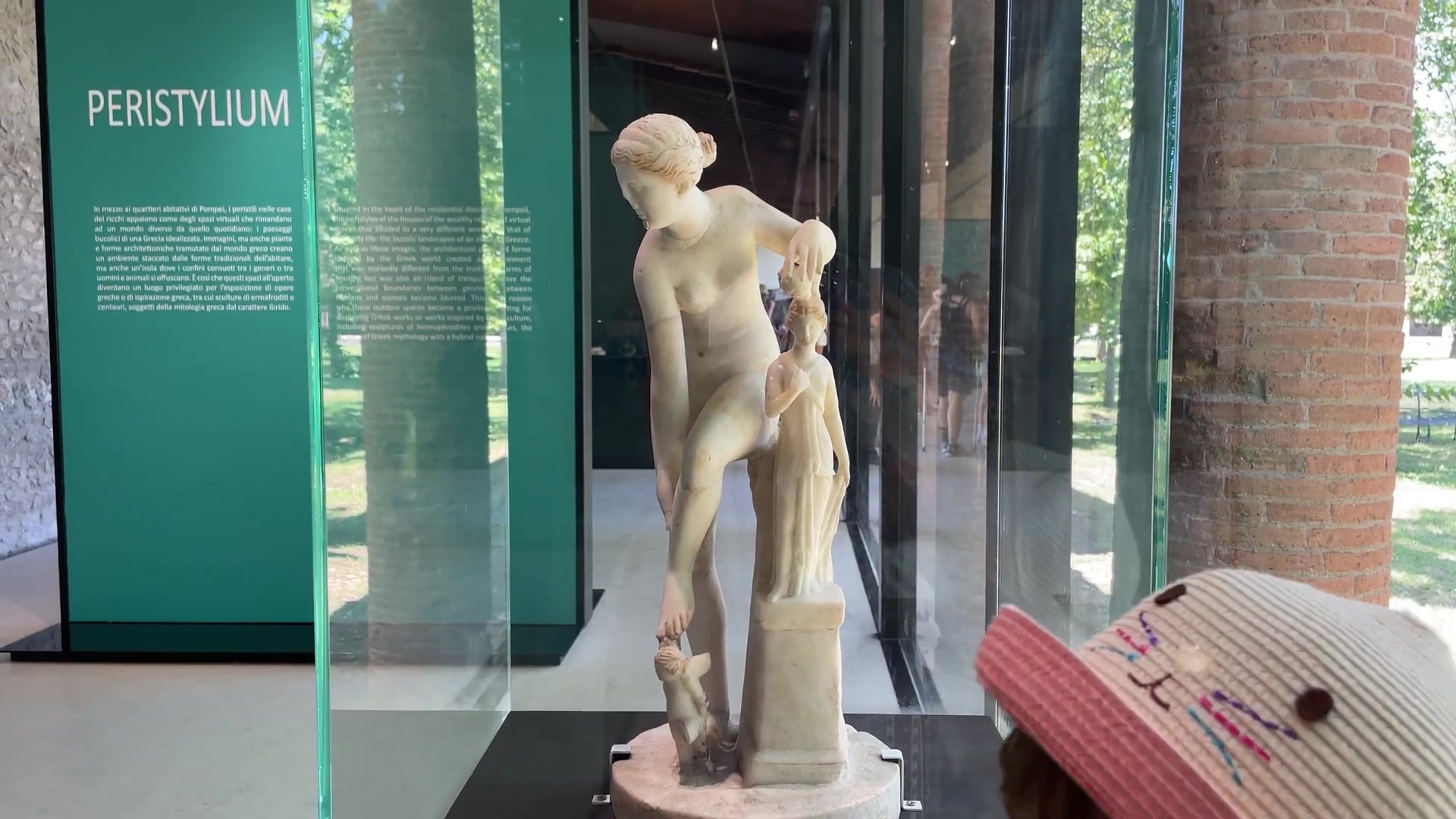

Volcanic ash caused approximately 20.000 people to be trapped in Pompeii while they were living there. While most residents managed to escape, about 2.000 people stayed behind for various reasons and their remains were found during excavations. Human remains were unearthed in and around the city, so the exact death toll remains uncertain. The city lay buried under layers of ash, preserved for years, even centuries. In 1592 while digging a canal from the River Sarno, Domenico Fontana stumbled upon the city walls. However actual excavations began in 1748, revealing the story of the city once more.



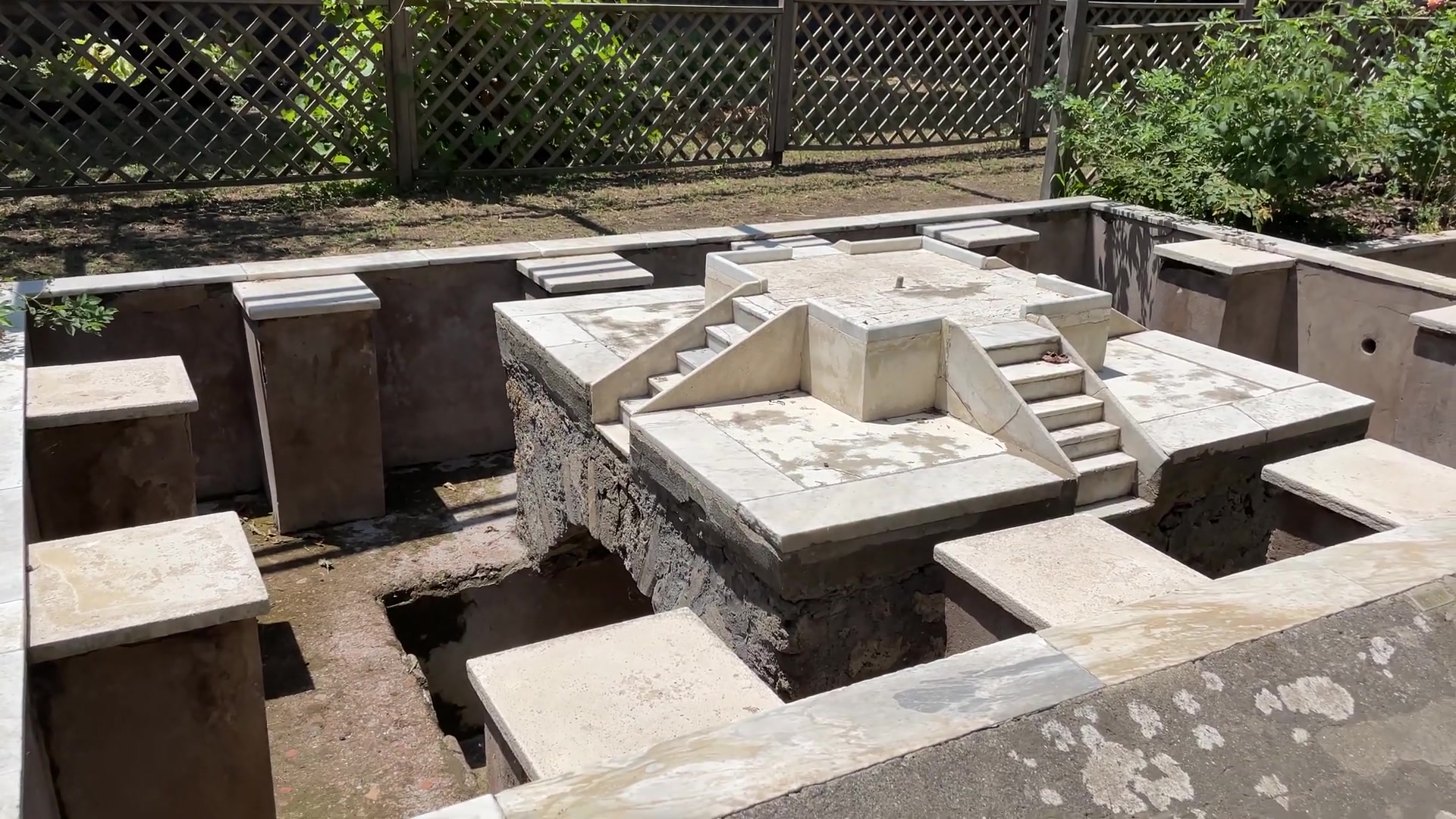






Excavations at Pompeii have been conducted in three main phases and continue to this day. In 1863 Giuseppe Fiorelli took over the excavations and noticed voids in the ashes. These voids preserved the shapes of bodies, allowing Fiorelli to fill them with plaster and recreate the positions and facial expressions of people at the moment of their death.


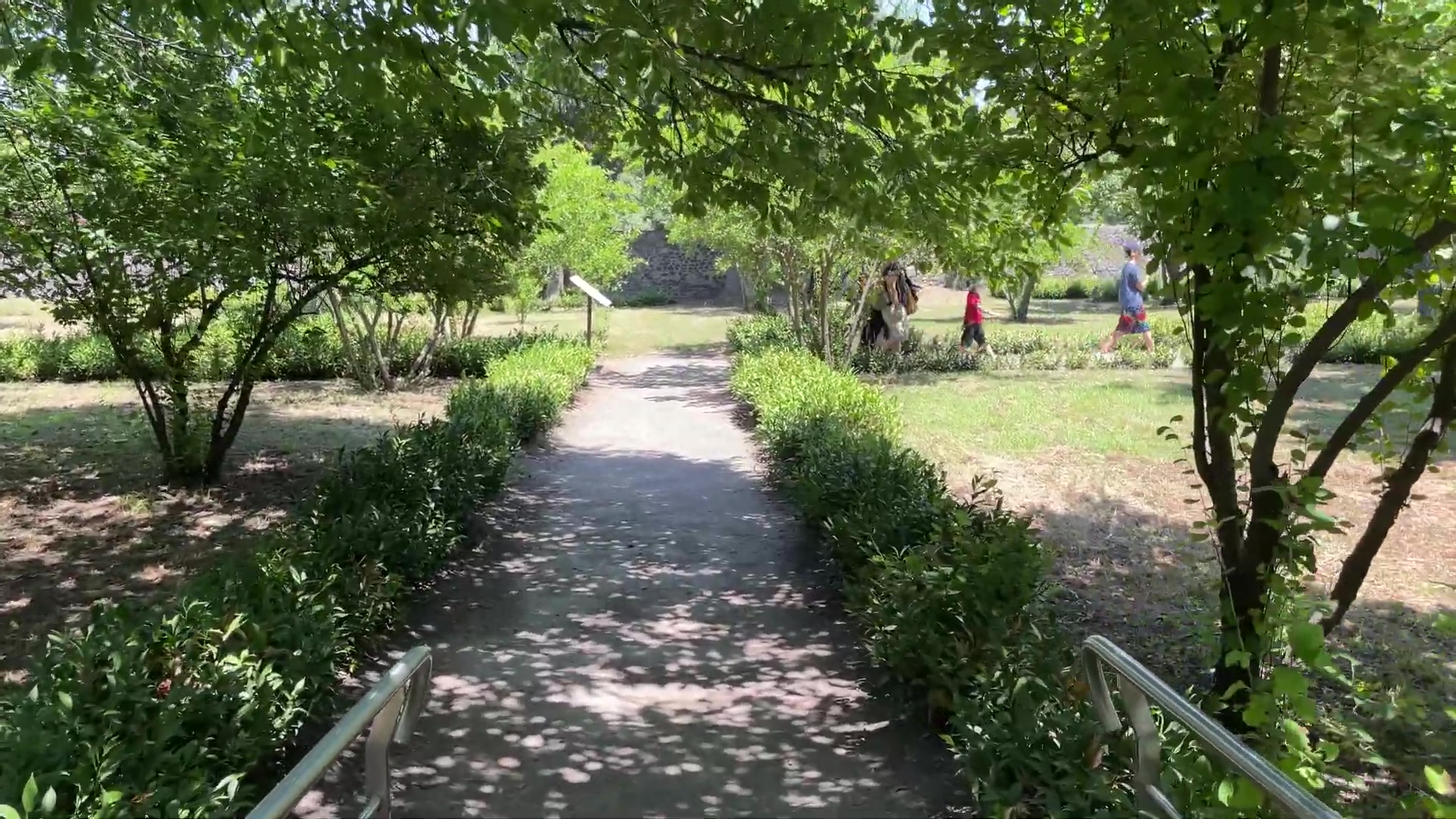




One of the most remarkable structures in Pompeii is the amphitheater. Built around ad 70. This amphitheater is the oldest Roman amphitheater entirely built of stone. It could accommodate about 20.000 people, equivalent to the city's population at that time. The amphitheater may appear smaller and lower compared to the Colosseum, but upon entering, you'll notice multiple tiers and seating rows. The arrangement of the tiers enhanced the building's seismic resistance. It measures 135 meters in length and 105 meters in width. Large entrances on both sides were used for gladiators and animals.




The Pompeii amphitheater is also famous for an incident that occurred in ad 59. A brawl broke out between Pompeii residents and those from the town of Nuceria, escalating into a serious conflict involving stones and weapons. This event led to a ten-year ban on games at the amphitheater for Pompeii. Such incidents, however were not uncommon in ancient Rome; similar to today's sports fan conflicts, serious fights could break out among people attending gladiatorial fights.
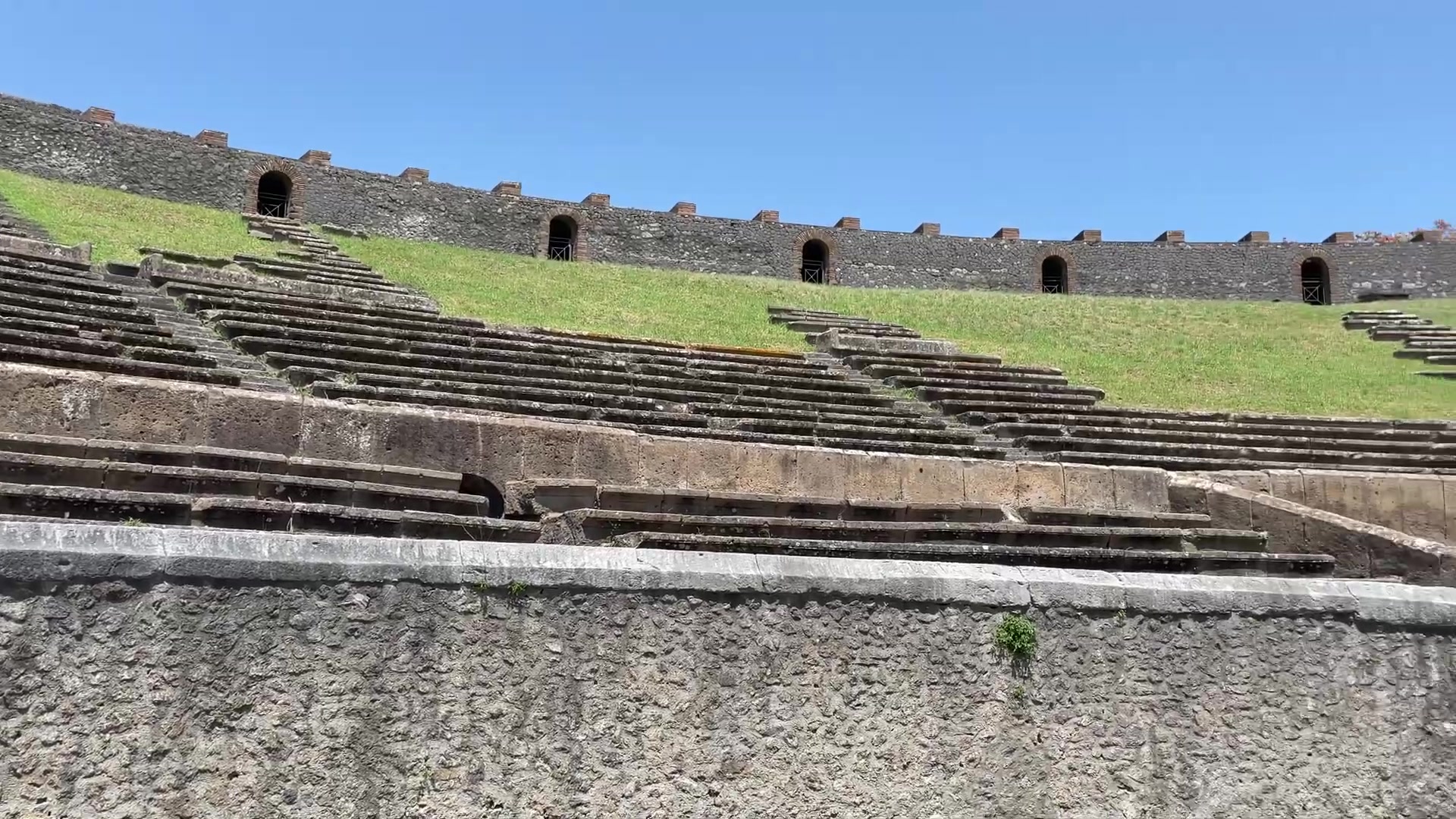

Seating arrangements in amphitheaters were determined by social class. The front rows were reserved for the wealthy, the second rows for merchants and the middle class. The third rows were mostly free, where a wide cross-section of the public could sit. This was done to ensure the wealthy had a more enjoyable time because a crowded audience created more excitement. The wealthy entered the tribunes through exterior stairs, while the more affluent arrived by carriage through galleries and entered their seats through private entrances. These galleries allowed the wealthy to comfortably reach their seats without walking in the sun.

The acoustics of the amphitheater were quite fascinating. Speaking or clapping at a specific point on the stage could be heard throughout all the tribunes. This was one of the engineering marvels of structures built during that period.



Pompeii had many public amenities catering to different social classes. For instance there were places across the city where fast-food-like meals were sold, akin to ancient McDonald's. The city also had theaters, amphitheaters, gymnasiums, baths and even brothels.


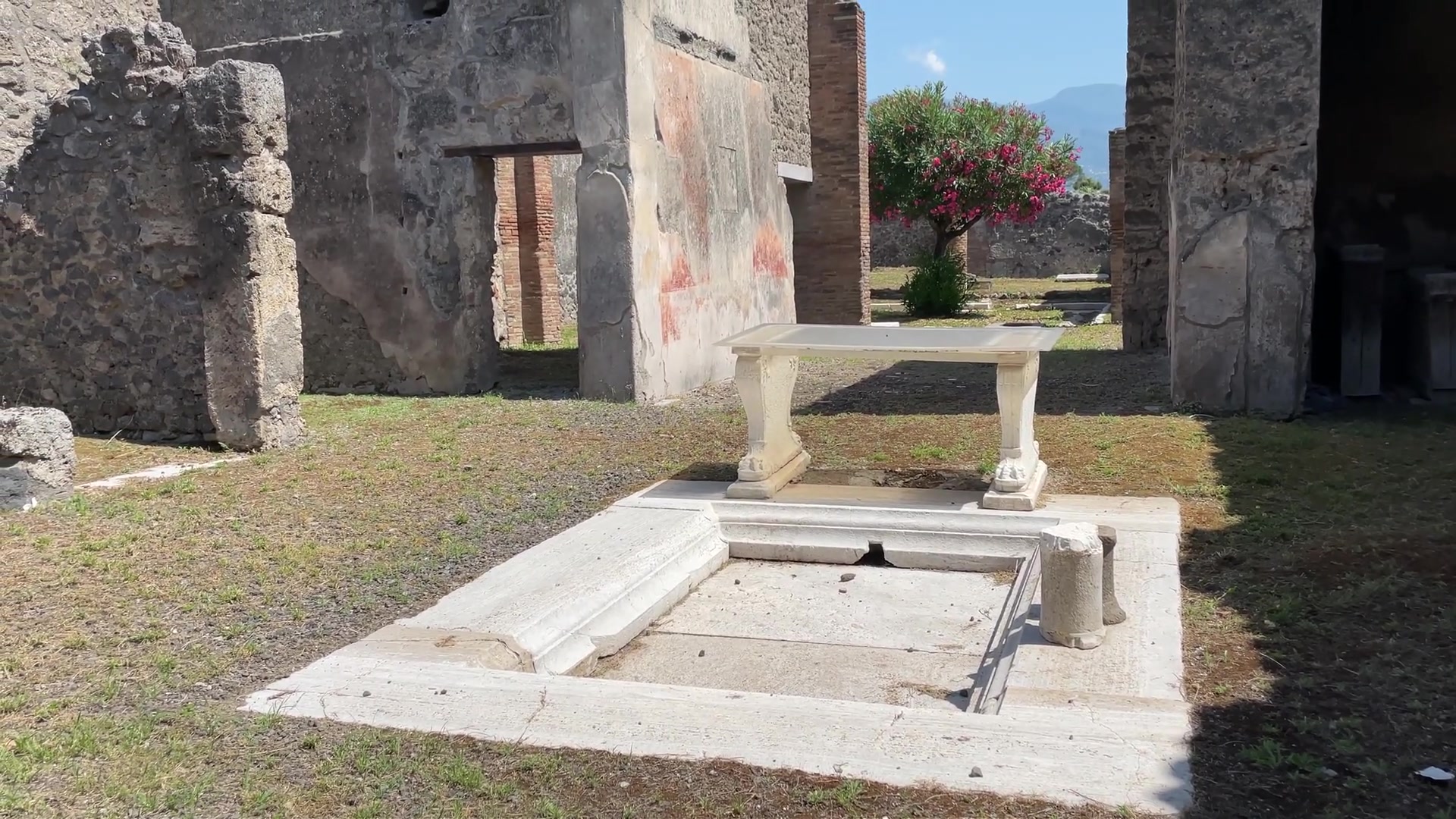

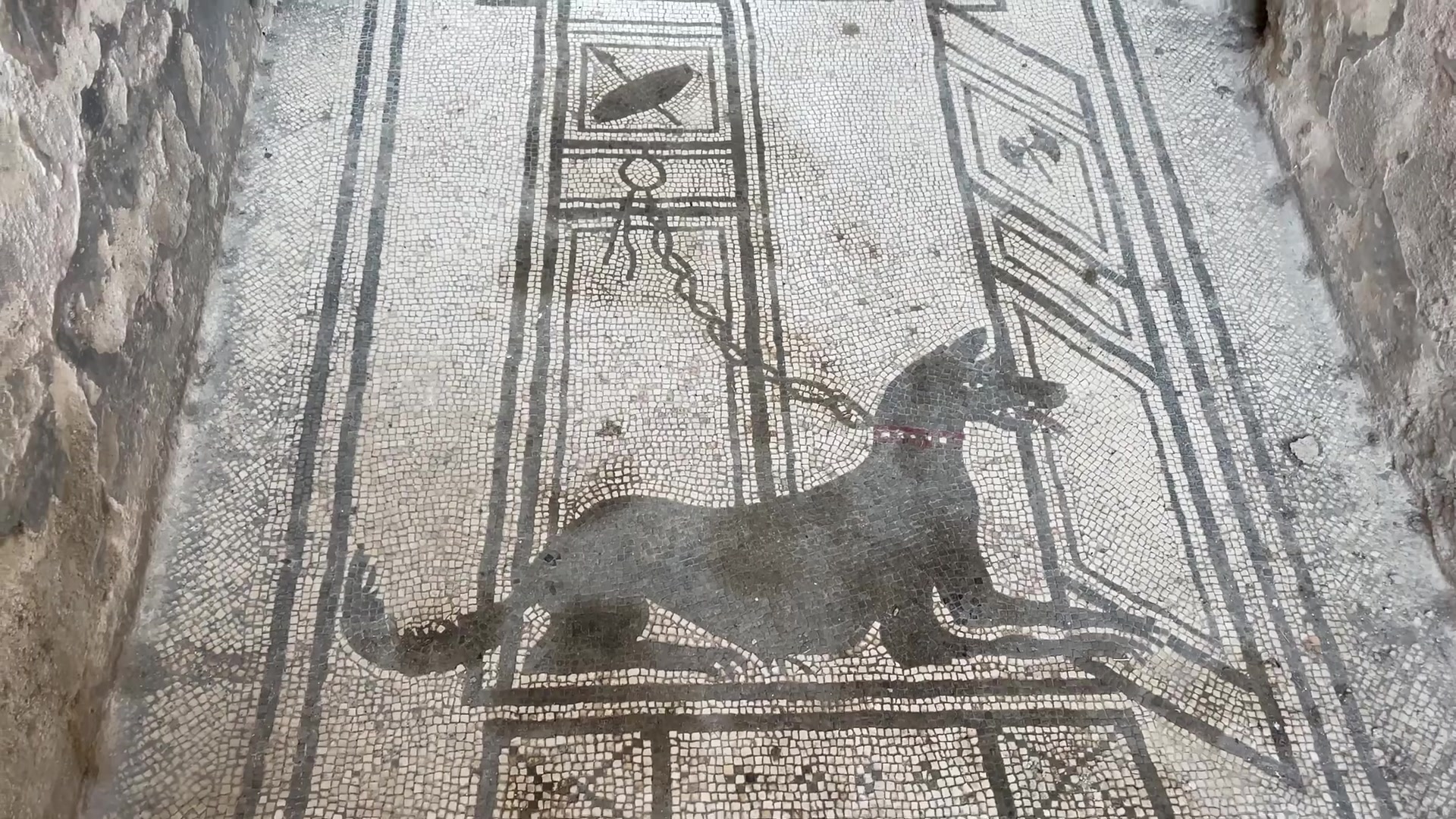
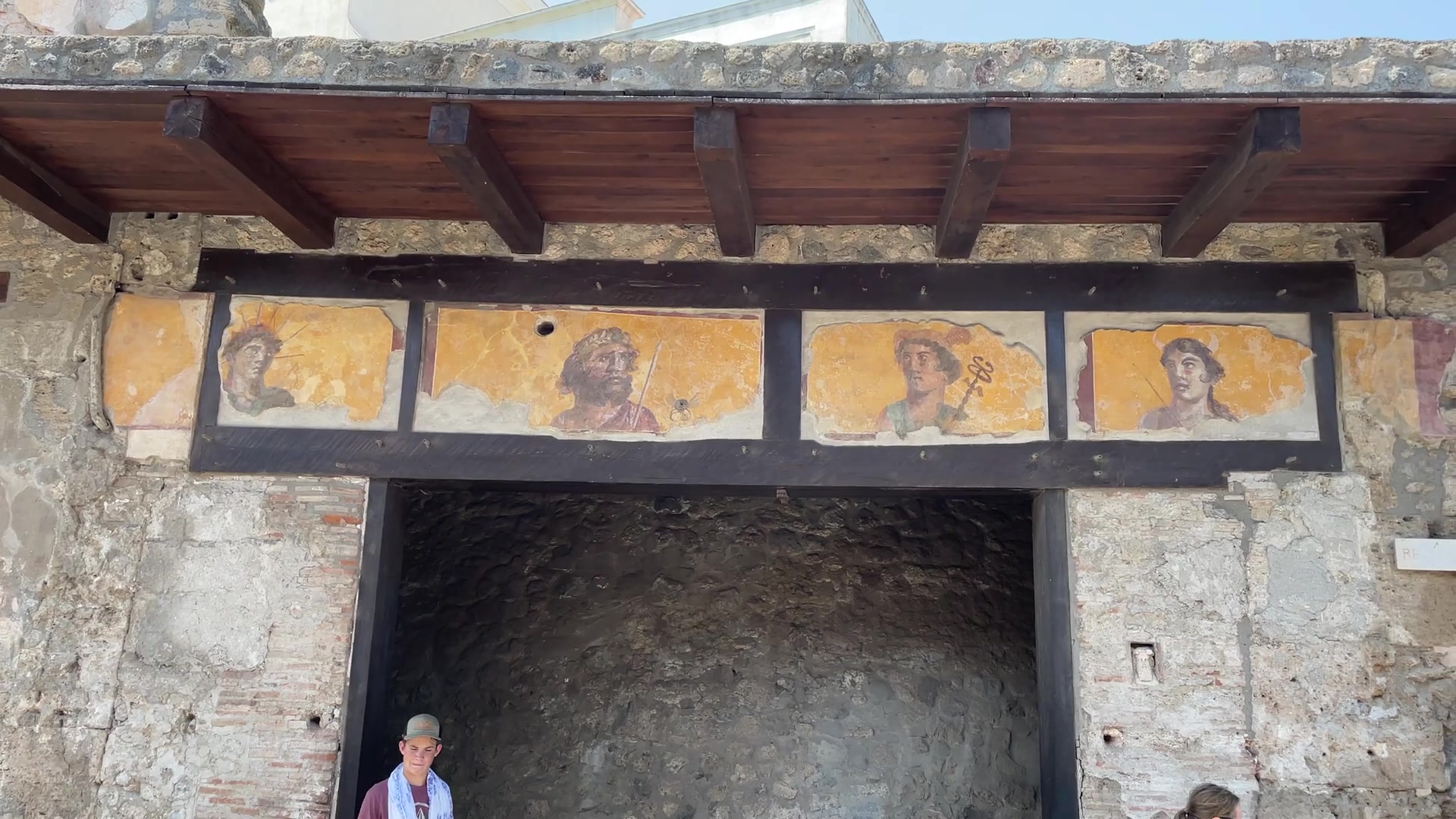
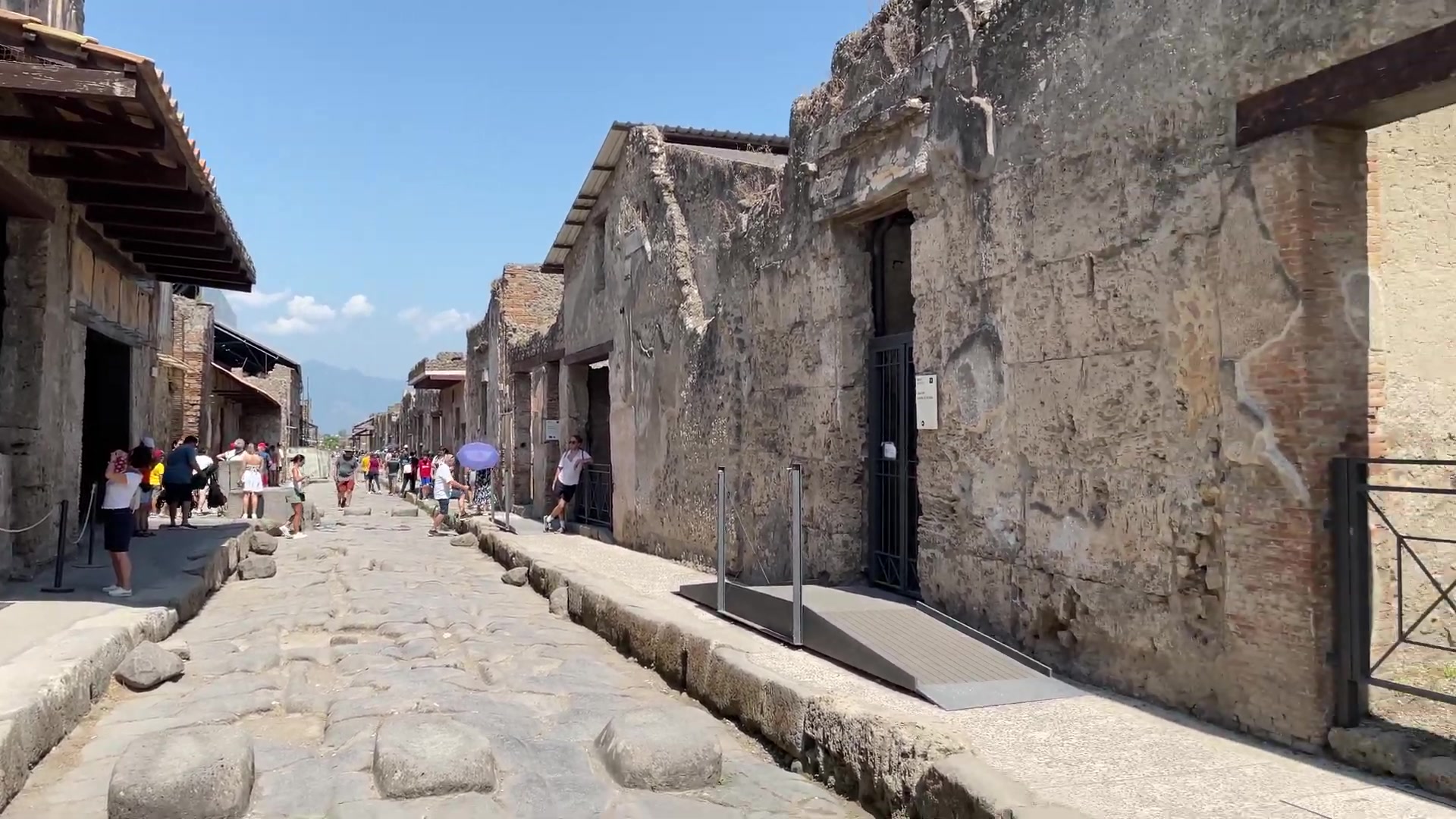

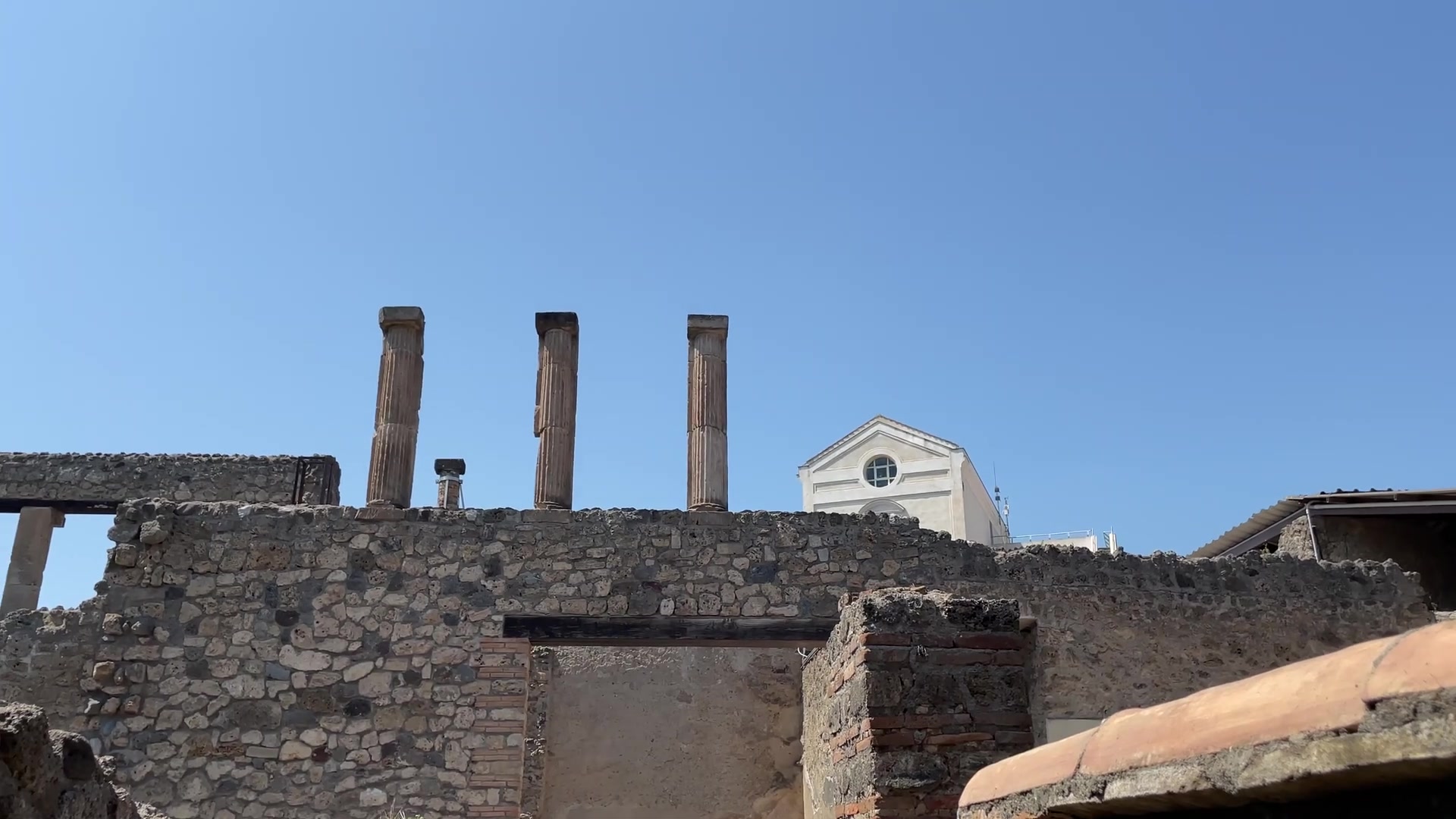
Baths were significant places for all segments of society in ancient Rome. Pompeii had three major baths: the Stabian Bath, the Forum Bath and the Central Bath. The Stabian Bath was one of the oldest baths in the entire Roman Empire. These baths circulated hot air under stone floors through channels for heating rooms. This system was an ancient version of what we now call "underfloor heating" and was commonly used throughout Rome.




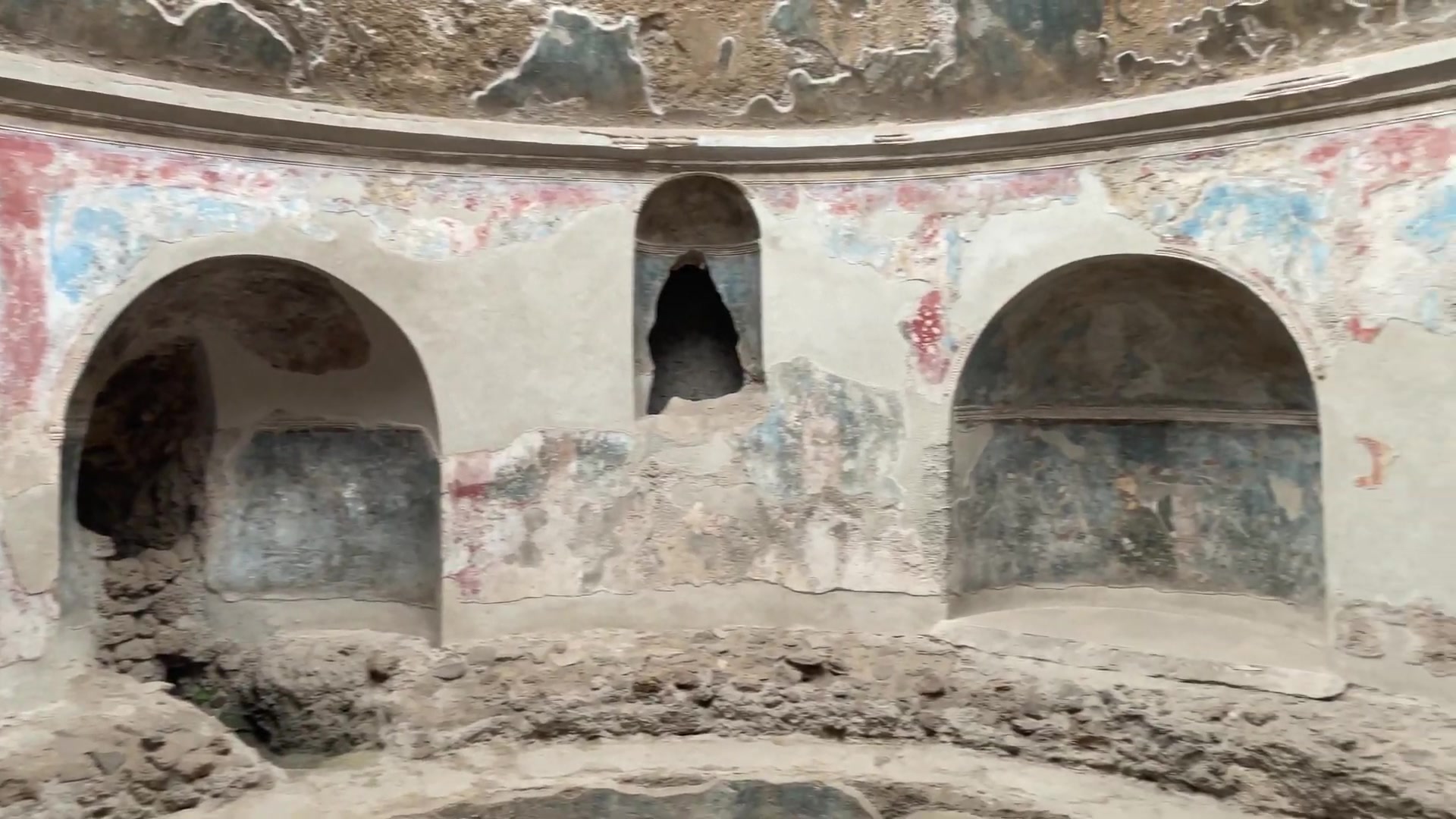
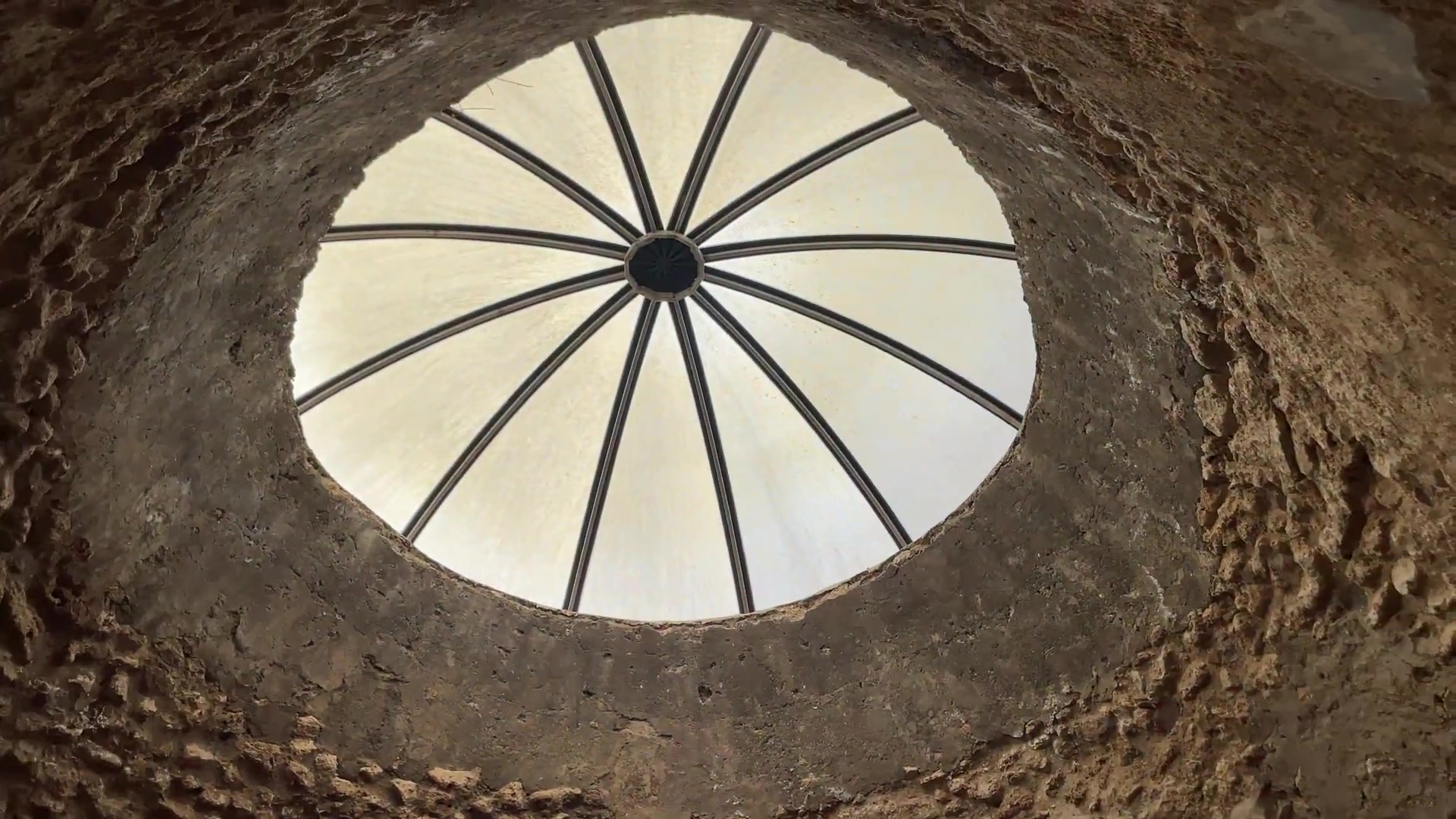
Pompeii also had brothels called "Lupanar." Lupanar was one of the most popular places in the city and continues to be a highly visited site among tourists today. These brothels sold drinks in small bars and provided services to clients.
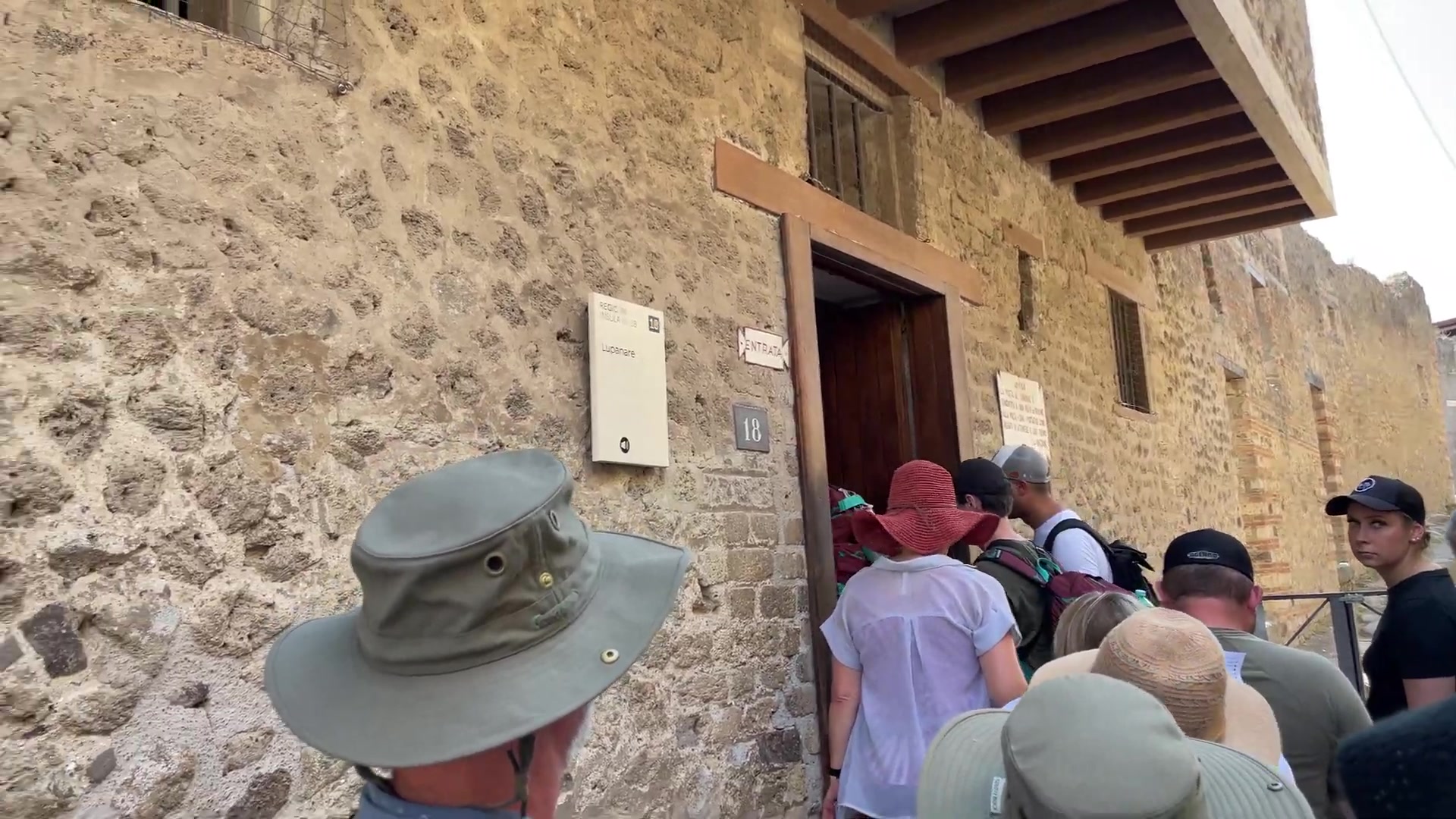



While strolling through the streets of Pompeii, you can see various places catering to different social classes and trace the traces of ancient Roman life. The city has preserved many details of daily life from that period to the present day.





It's recommended to spend a maximum of two hours visiting Pompeii. The city is vast and it takes a lot of time to see everything, but you'll be tired after two hours. We had left our bags at the front desk, so we went back. It takes a long time to see everything. You may feel like you've seen everything after two hours because of the hot weather and the fact that most places look the same.

Downloading an audio guide can be very useful. If you buy tickets, you can download a free app and use the audio guide. This helps you understand the history of the place better. It's a good idea to bring snacks with you because you might get hungry during long walks. Nothing is sold there, so if you're going with children, bringing food makes sense. Visiting in summer can be challenging; there's little shade and greenery among the crumbling walls. Dusty air can be bothersome. If you're going in summer, bring sunglasses, sunscreen, comfortable shoes, water, and a hat, or even an umbrella.

There are free lockers at the entrance of the complex where you can leave heavy backpacks and explore lightly. Pompeii has many excavation sites: the forum, baths, temples, amphitheater, necropolis, and more. The streets are straight and wide. There are no narrow mazes.


After the excavations, you can eat in the new city of Pompeii. Tourist menus in summer range from 15 to 18 euros and are filling. Visiting in summer can be very tiring, especially in July and August. Using sunscreen and wearing a hat are important for sun protection. And you can buy various souvenirs from Pompeii.



If you're vacationing in Italy, I recommend visiting Pompeii during a cooler period.
Travel Digest #2255.
Become part of our travel community:
- Join our Discord
Hiya, @ybanezkim26 here, just swinging by to let you know that this post made it into our Top 3 in Your post has been manually curated by the @worldmappin team. If you like what we're doing, please drop by to check out all the rest of today's great posts and consider supporting other authors like yourself and us so we can keep the project going!Congratulations @sararossi! You have completed the following achievement on the Hive blockchain And have been rewarded with New badge(s)
Your next payout target is 1000 HP.
The unit is Hive Power equivalent because post and comment rewards can be split into HP and HBD
You can view your badges on your board and compare yourself to others in the Ranking
If you no longer want to receive notifications, reply to this comment with the word
STOPCheck out our last posts:
Congratulations, your post has been added to WorldMapPin! 🎉
Did you know you have your own profile map?
And every post has their own map too!
Want to have your post on the map too?